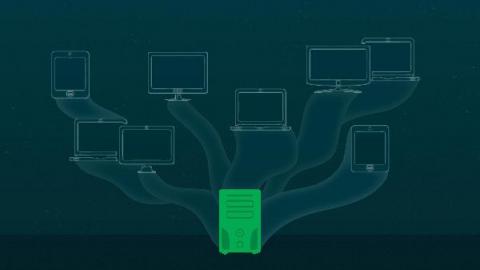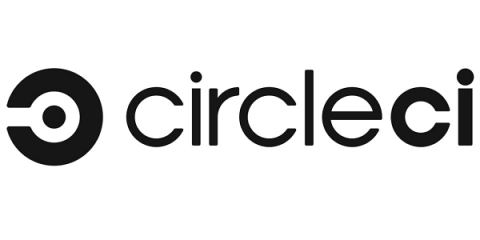Deploying your Gradle Build Cache Node using GCP
This tutorial is a follow-up to TurboCharging your Android Gradle builds using build cache . The key focus of this post is the remote build cache, a build speed acceleration technology that can be implemented for both local and CI builds. This is a technology worth knowing about because: Gradle provides a build cache node available as a Docker image. You can host this image in a number of ways.










